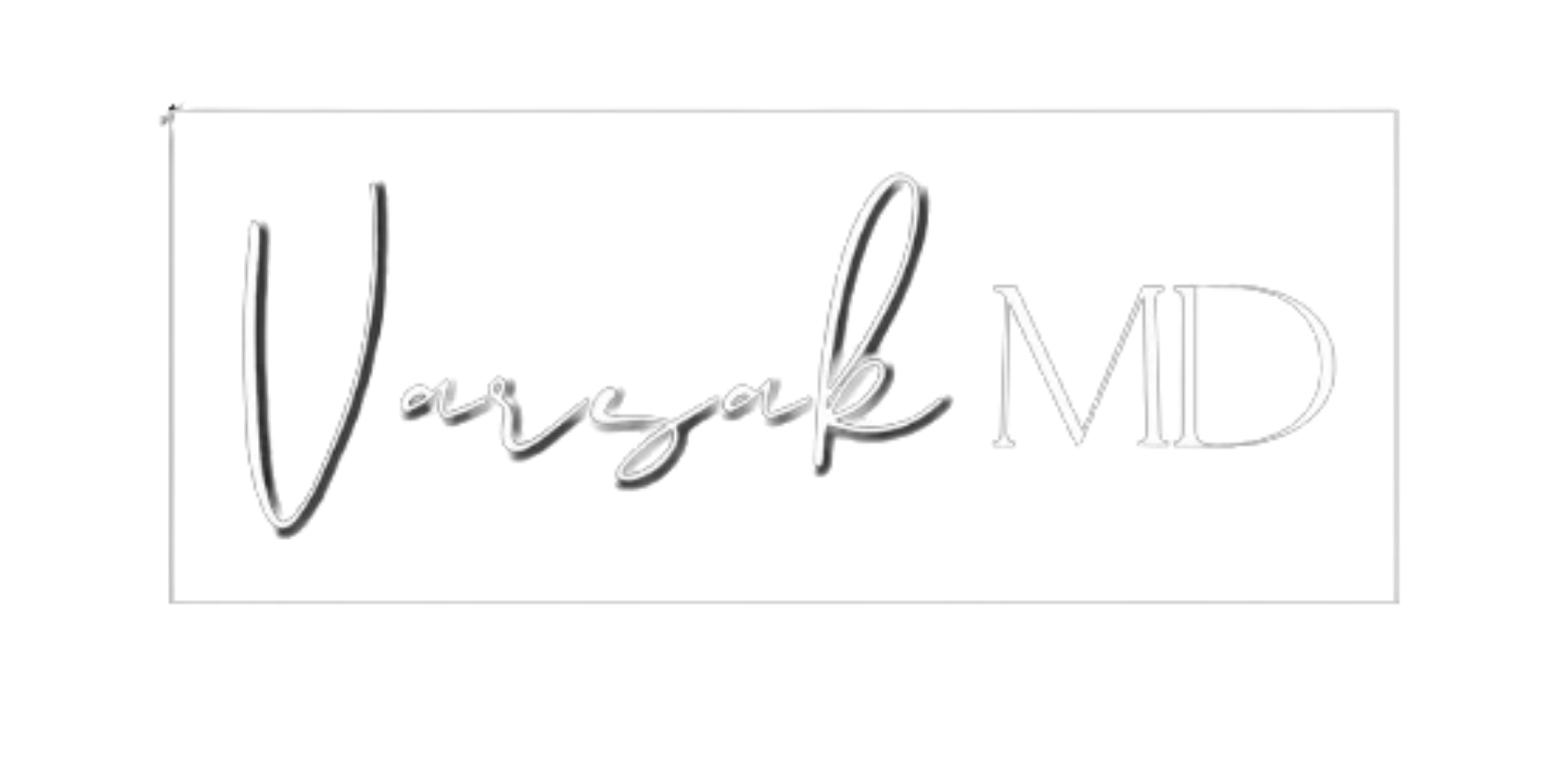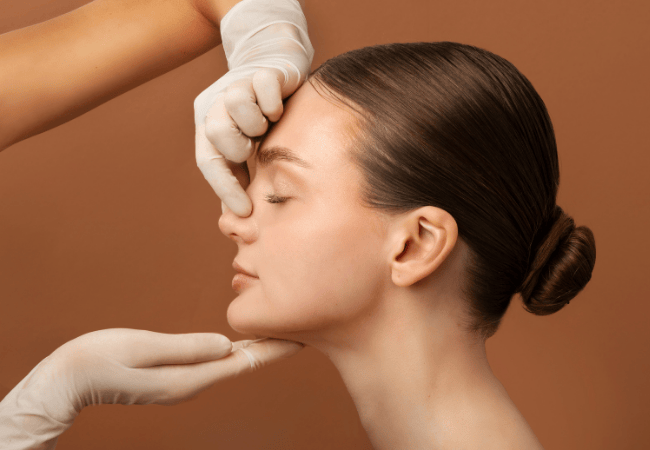Rhinoplasty, commonly known as a “nose job,” is one of the most sought-after cosmetic surgeries globally. While it often delivers stunning aesthetic and functional results, it’s important to be informed about the potential complications after rhinoplasty. Awareness and early management of these issues can make a significant difference in your recovery and final outcome.
Introduction to Rhinoplasty and Potential Risks
What is Rhinoplasty?
Rhinoplasty is a surgical procedure aimed at reshaping or reconstructing the nose. It may be performed for cosmetic reasons, functional improvements, or both. Despite advances in surgical techniques, no procedure is entirely risk-free.
Why Complications Occur
Even in the hands of skilled surgeons like Dr. Yasin Kürşad Varsak, complications may arise due to individual healing differences, trauma, or unanticipated tissue response. The key lies in understanding the most common complications and recognizing them early.
1. Swelling After Rhinoplasty
Normal vs. Excessive Swelling
Swelling after rhinoplasty is expected and part of the healing process. However, when swelling persists unusually long or worsens over time, it may indicate deeper issues such as infection or tissue trauma.
How Long It Lasts
Typically, major swelling subsides within the first month, but subtle swelling can linger for up to a year, particularly around the nasal tip. Keeping your head elevated, applying cold compresses, and following your surgeon’s instructions can speed recovery.
2. Breathing Problems After Rhinoplasty
Trouble Breathing After Nose Job
One of the most distressing complications after rhinoplasty is difficulty in breathing. Patients often report trouble breathing after a nose job, which might be caused by internal scar tissue, nasal valve collapse, or incorrect cartilage positioning.
Causes and Fixes
These problems may require revision surgery or non-surgical interventions like nasal sprays and breathing exercises. Addressing structural issues during the initial surgery can prevent such complications.
3. Infection After Rhinoplasty
Early and Late Onset Infections
Although rare, infection after rhinoplasty can pose serious health risks. Infections can occur shortly after surgery or even weeks later due to internal bacteria buildup or poor hygiene.
Nose Job Infection Symptoms
Watch out for signs like increased pain, redness, swelling, fever, or foul-smelling nasal discharge. If these nose job infection symptoms arise, immediate medical attention is essential.
4. Scar Tissue After Rhinoplasty
Types of Nasal Scar Complications
Visible scarring is uncommon, especially with closed rhinoplasty. However, internal scar tissue after rhinoplasty can lead to breathing issues or nasal distortion.
Internal vs External Scarring
Nasally scar complications include keloid formation, hypertrophic scars, or adhesions inside the nostrils. Silicone gel, steroid injections, or minor revisions can help manage these concerns.
5. Asymmetry After Rhinoplasty
How Common Is Nasal Asymmetry?
Post-operative asymmetry is more common than most expect. The nose may appear crooked or uneven due to swelling, scar formation, or tissue shifting.
Revisional Procedures
Minor asymmetries often improve over time. However, noticeable deformities might require revision rhinoplasty, preferably after a full year of healing.
6. Nerve Damage After Rhinoplasty
Loss of Sensation
Nerve damage after rhinoplasty can result in numbness in the tip of the nose or upper lip. This is generally temporary but can persist for several months.
Temporary vs Permanent Nerve Issues
While most patients regain full sensation, some might experience permanent nerve alteration, especially if nerves are accidentally severed during surgery.
7. Rhinoplasty Healing Problems
What Slows Healing?
Healing issues can stem from infections, poor circulation, smoking, or underlying health conditions. Some patients experience skin discoloration or delayed tissue regeneration.
Managing Long-Term Healing Issues
Nasal massages, proper nutrition, hydration, and avoiding trauma are essential for a smooth recovery. Severe rhinoplasty healing problems may necessitate medical or surgical intervention.
How to Prevent and Manage Complications
Choosing the Right Surgeon
Opt for a board-certified specialist like Dr. Yasin Kürşad Varsak, who has extensive experience in both cosmetic and functional rhinoplasty. A qualified surgeon minimizes the risk of complications after rhinoplasty.
Post-Op Care Tips
Follow post-operative instructions diligently, attend follow-up appointments, avoid strenuous activities, and report unusual symptoms promptly to ensure optimal healing.
When to Contact a Doctor
Red Flags You Shouldn’t Ignore
If you notice persistent swelling, worsening breathing problems, signs of infection, asymmetry, or abnormal healing, consult your surgeon immediately. Early intervention can prevent long-term damage.
Understanding and preparing for potential complications after rhinoplasty is crucial for a smooth recovery. While most issues are manageable, some may require additional treatment. By choosing an expert like Dr. Yasin Kürşad Varsak and following medical guidance carefully, patients can dramatically reduce the risks and enjoy successful results.


